Tag: artwork
-
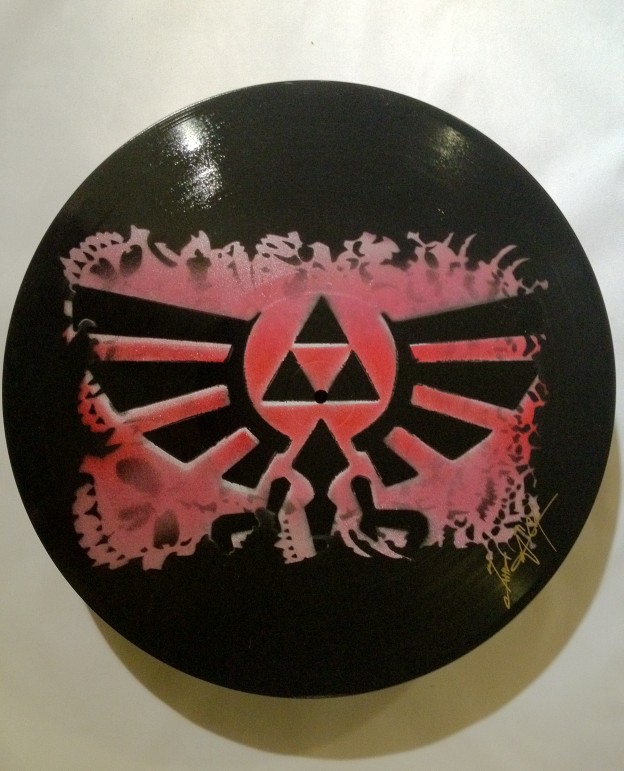
Selling Paintings: Which Subjects Sell Best?
All painters know that some subjects sell better than others. Whether these are subjects you want to paint and whether you should be painting specifically for the market are two thorny questions. Only you can decide whether you want (or need) to paint with a view to selling as much as possible, or whether you […]
-

How to Write an Artist’s Statement
An artist’s statement is a short piece written by the artist to accompany a particular painting or group of paintings. An artist’s statement shouldn’t be dismissed as insignificant or dashed out in a hurry as it’s a vital selling tool, promoting and explaining your work to people looking at your paintings, whether they’re potential buyers, […]
-

Juried Art Shows
On occasion I am asked to help jury an art exhibit. These requests are never answered right away. This is a great responsibility, of course not life and death, but responsibility nevertheless. Always I am an artist and as such experience the anticipation and often the disappointment when the juror’s results come back. How long […]
-
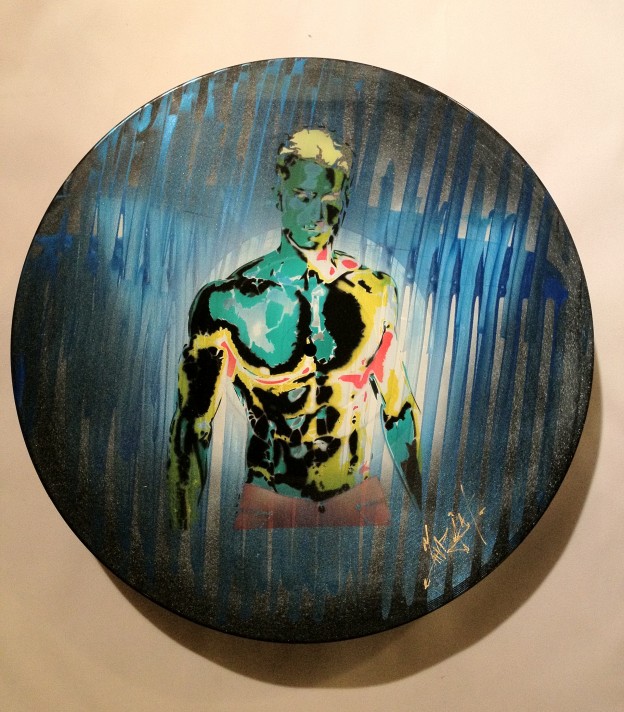
How to Create a Body of Work and a Distinctive Style as an Artist
If you’re looking to get gallery representation, or to sell your art in some other, more innovative way, we have to assume that you already have a body of work that consists of at least 20 or 30 works in a style, medium, colors, and subject matter that distinguish you from every other artist in some way. […]
-
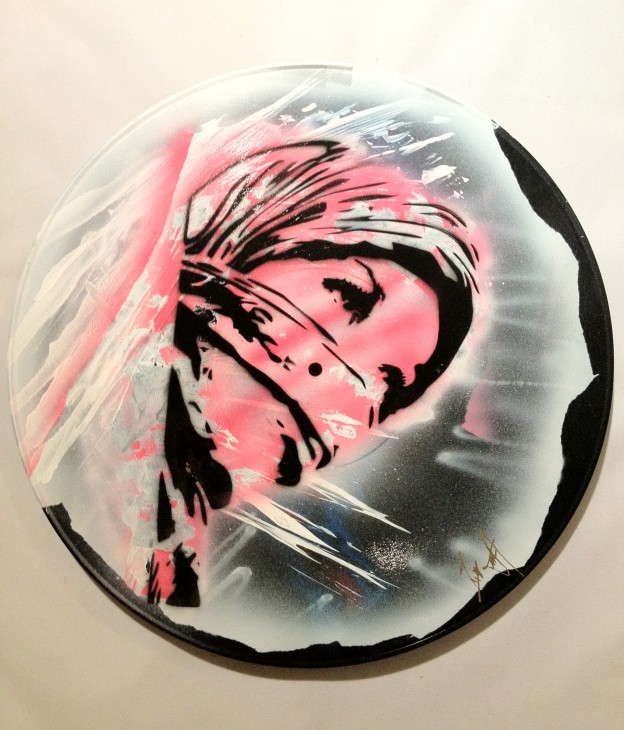
Amateur vs Professional Artist
After visiting two art exhibitions, one put on by my local art club and the other by a group of professional artists, I realized that whilst the amateur show had many ‘nice’ paintings, and showed a high level of painting ability, the professional show had many more paintings that had that ‘wow’ factor that made […]
-

How to Test if a Paint Color is Opaque or Transparent
Different pigments have different covering properties. Some are extremely transparent, barely showing on top of another color. Others are extremely opaque, hiding what’s beneath. Considering this, and not just what the color is, can enhance a subject. For example, using a transparent blue in a sky gives a greater feeling of airiness than an opaque blue will. […]
-
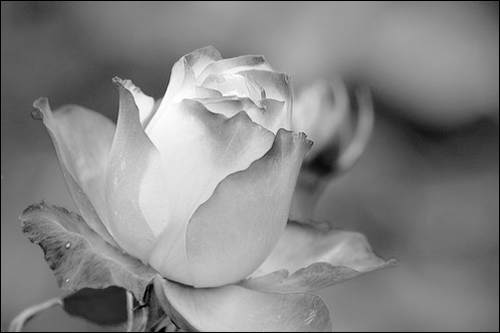
Color Theory Lesson: Using Black and White
While it may seem logical that to lighten a color you add white to it and that to darken it you add black, this is an oversimplification. White reduces brightness so although it makes a color lighter, it removes its vibrancy. Black doesn’t so much add darkness as create murkiness (though there are instances in […]
-

Elements of Composition: Balance
By Marion Boddy-Evans Balance is one of the easier Elements of Composition to see, and you’ll soon discover whether your natural inclination is towards a perfectly balanced or symmetrical composition or an unbalanced, asymmetrical one. It’s not that one is better than the other, but whichever you choose as the underlying component of your composition has an impact on […]
-

Complementary Colors
The complementary color of a primary color (red, blue, or yellow) is the color you get by mixing the other two primary colors. So the complementary color of red is green, of blue is orange, and of yellow is purple. What About Secondary Colors? The complementary of a secondary color is the primary color that […]
-
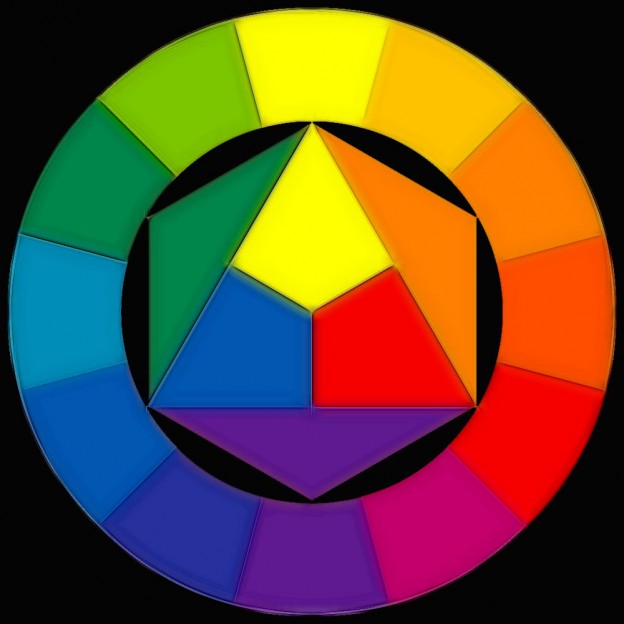
Tertiary Colors
Browns and grays contain all three primary colors. They’re created by mixing either all three primary colors or a primary and secondary color (secondary colors of course being made from two primaries). By varying the proportions of the colors you’re mixing, you create the different tertiary colors. What’s the Easiest Way to Mix a Brown? […]